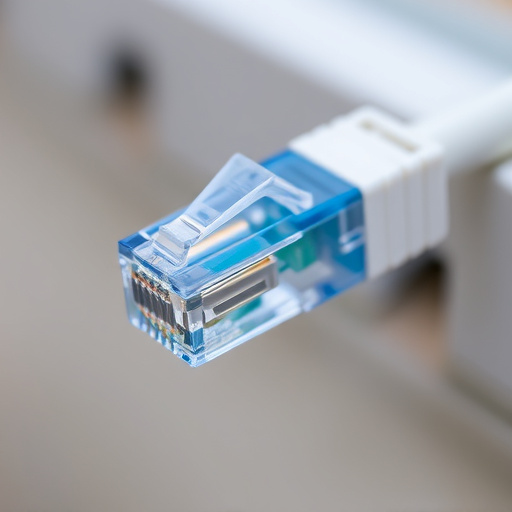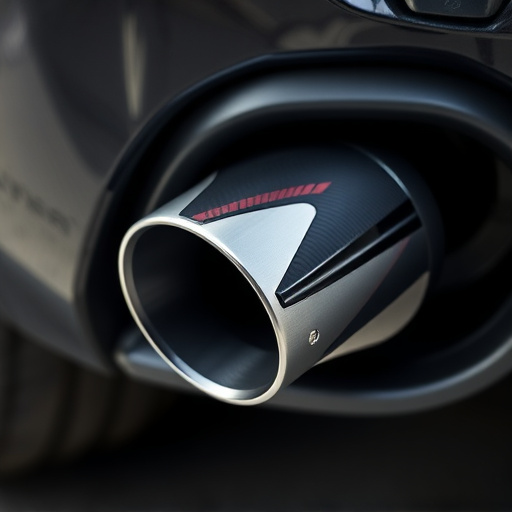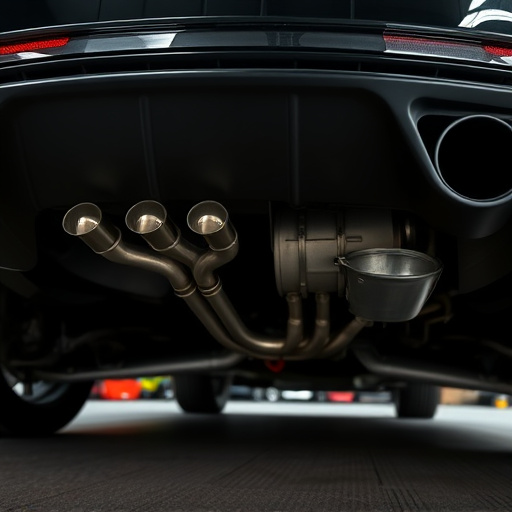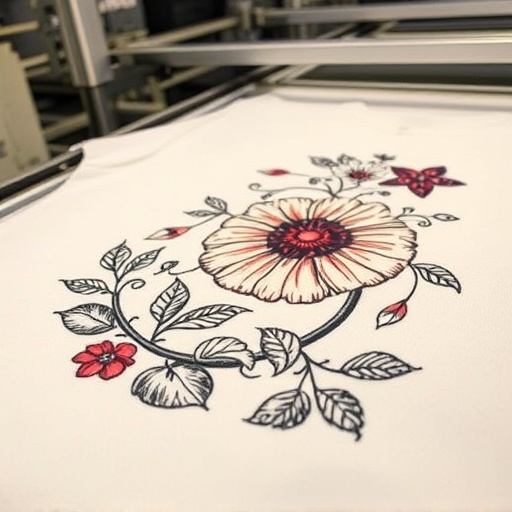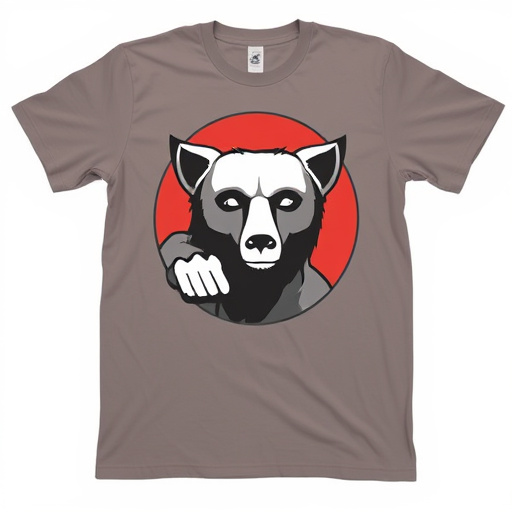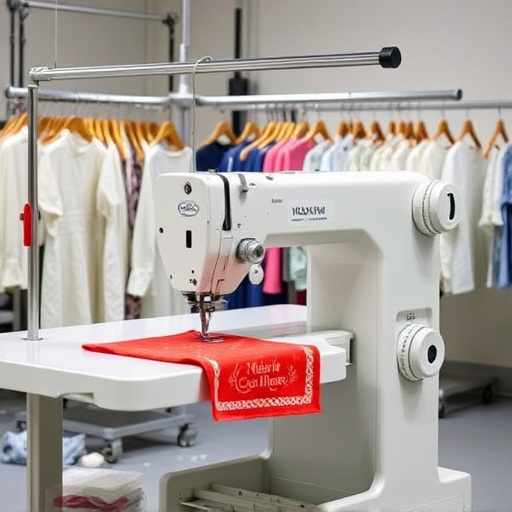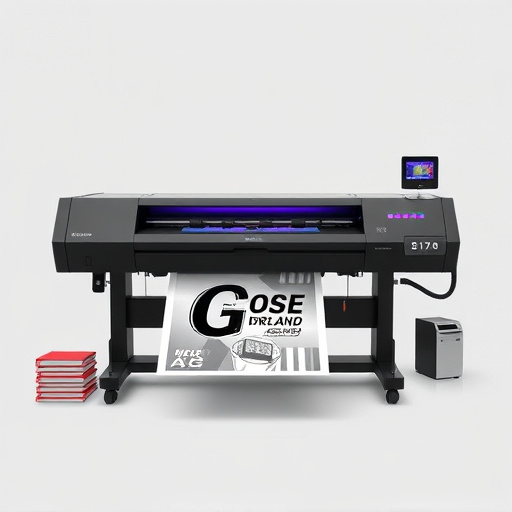DTF Future Trends reveal how Smart Print Tech, particularly Direct-to-Garment printing, is transforming industries with personalization, speed, and efficiency. Advanced tools, intelligent ink systems, and heat press tech make DTF more accessible and versatile, redefining print quality while minimizing waste. AI integration automates tasks, optimizes material selection, reduces errors, and costs, enhancing sustainability in a shift towards eco-friendly inks, recycled papers, and waterless techniques, appealing to environmentally conscious consumers.
The printing industry is on the cusp of a significant evolution, driven by innovative technologies that promise to reshape its future. As we peer into the horizon, several trends emerge, each holding immense potential to transform traditional printing practices. From intelligent automation to artificial intelligence integration and a heightened focus on sustainability, these developments are not just predictions but imminent realities. Get ready for a smarter, more efficient, and eco-conscious printing landscape.
- Smart Print Technology: The New Normal
- AI Integration: Enhancing Efficiency
- Sustainable Printing: A Growing Focus
Smart Print Technology: The New Normal

In today’s rapidly evolving print industry, Smart Print Technology is no longer a futuristic concept but the new normal. As we look ahead based on DTF Future Trends, it’s clear that technology is transforming the way we create and produce printed materials. This shift is driven by demand for personalization, speed, and efficiency across various sectors, from apparel to signage. One prominent application of smart print tech is direct-to-garment (DTF) printing for hoodies and other textiles, which streamlines production with precise, high-quality results.
The integration of advanced features like automated design tools, intelligent ink management systems, and heat press technologies ensures that DTF printing becomes more accessible and versatile. This evolution promises to redefine the standards of print quality while reducing waste and simplifying the overall production process. As we continue to explore DTF Future Trends, the adoption of smart print technology is poised to revolutionize not just how we print but also how we envision and deliver custom designs across diverse media, including dtf transfer sheets.
AI Integration: Enhancing Efficiency
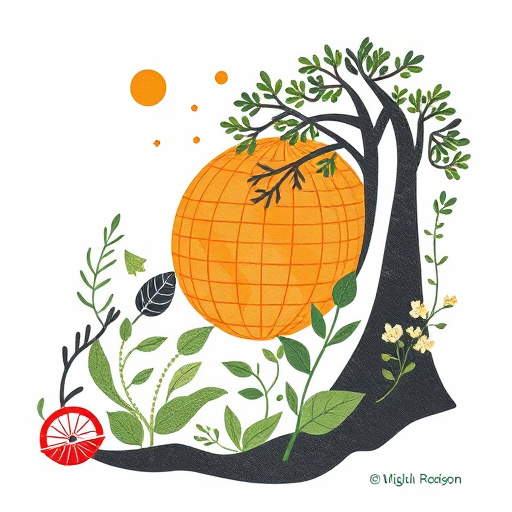
The integration of Artificial Intelligence (AI) into print technology is a significant trend shaping the future of the industry. AI offers immense potential to enhance efficiency and streamline various aspects of the printing process, from design to production. For instance, AI algorithms can automate repetitive tasks, such as image optimization and color correction, saving time and minimizing errors.
In the context of DTF (Direct-to-Fabric) printing, AI integration allows for intelligent material selection and precision in logo application. Clothing brands can leverage AI to optimize their bulk DFT shirt production by suggesting suitable fabric types based on design requirements and ensuring crisp, high-quality logos with minimal wastage, thus reducing costs and environmental impact.
Sustainable Printing: A Growing Focus
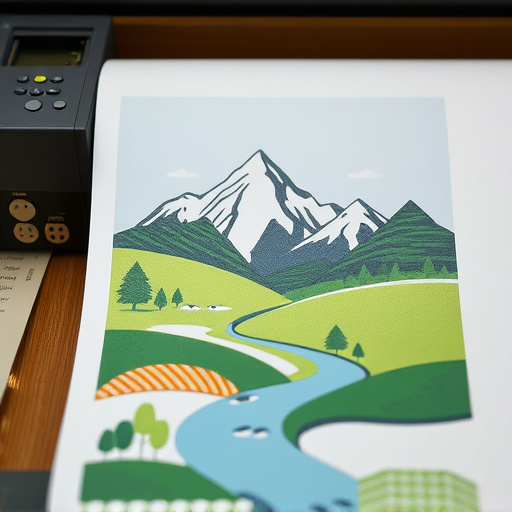
In recent years, the print industry has witnessed a significant shift towards sustainability as one of the DTF future trends shaping its trajectory. This change is driven by both consumer demand and environmental consciousness among businesses. The traditional printing methods often relied on non-biodegradable materials and excessive water usage, leaving a substantial carbon footprint. However, Sustainable Printing is emerging as a game-changer in this sector. By adopting eco-friendly inks, recycled papers, and waterless printing techniques, the industry aims to minimize its ecological impact. For instance, DTF for Custom graphic tees and direct to film personalized hoodies now offer more sustainable options without compromising quality, appealing to environmentally aware consumers.
This move towards sustainability is not just a trend but a necessary evolution. As businesses and individuals become more conscious of their environmental responsibility, the print industry must adapt. DTG prints, being a relatively newer technology, has an opportunity to lead this charge by offering efficient, high-quality production with reduced waste. The DTF future trends point towards a greener printing process that can cater to a wide range of products while preserving our planet’s resources for generations to come.
As we look towards the future, it’s clear that smart print technology is no longer a novelty but an essential component of modern business. With AI integration, sustainable practices gaining traction, and digital transformation (DTF) at the forefront, printing is poised to become more efficient, eco-friendly, and innovative than ever before. These DTF future trends promise to revolutionize how we approach and utilize print technology, ensuring a smarter, more responsible tomorrow.


